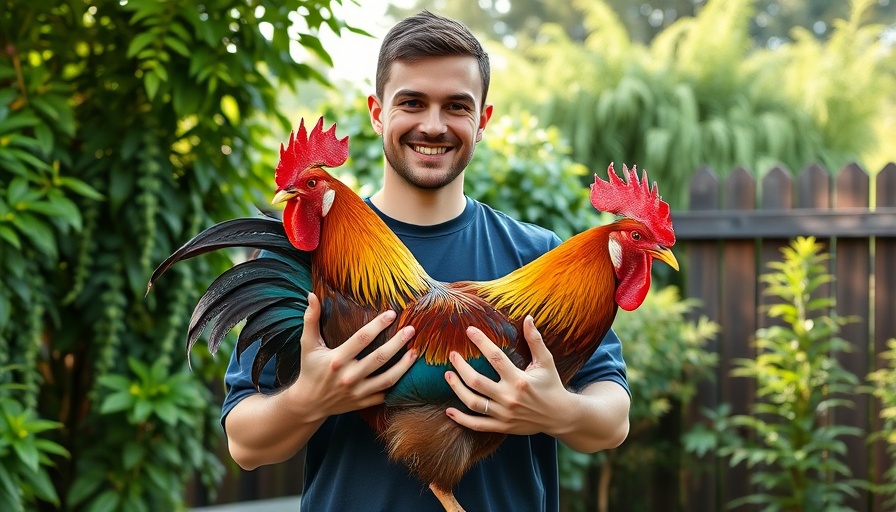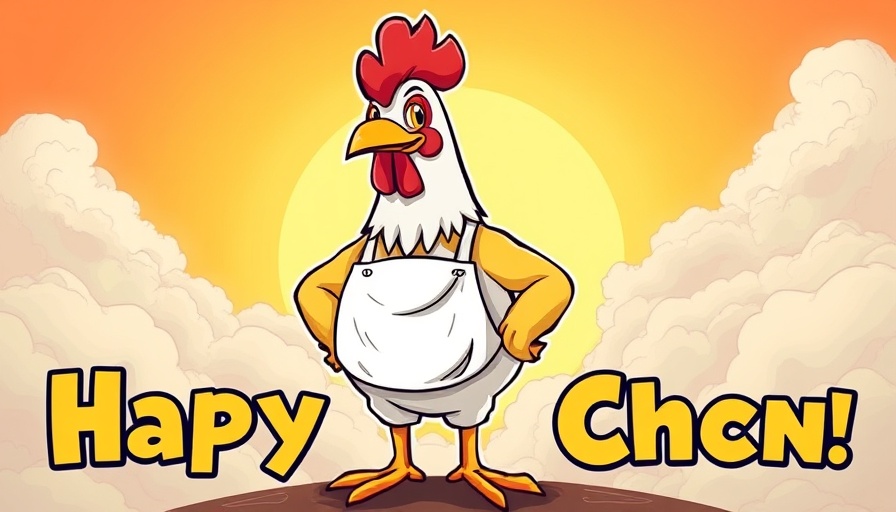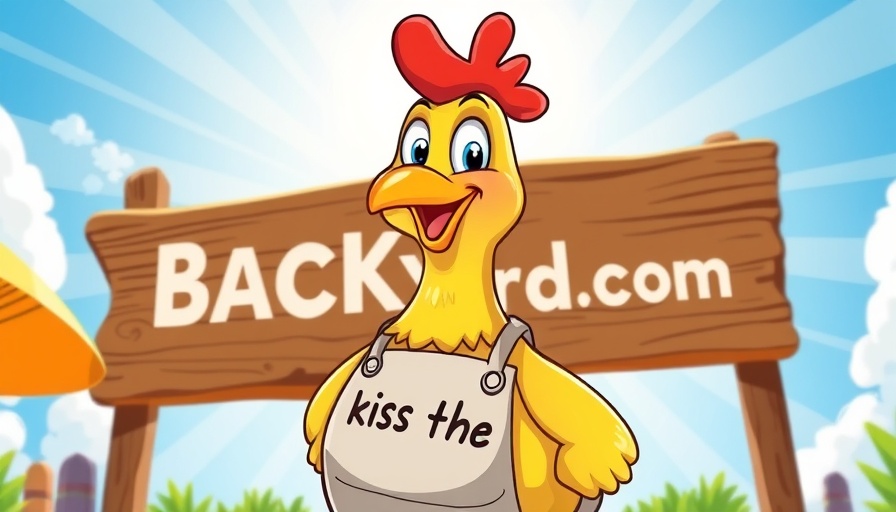
Understanding Rooster Age: A Guide for Chicken Keepers
Determining the age of your rooster can be crucial for understanding its behavior, health, and breeding potential. Roosters undergo several stages of development, and their physical characteristics can give you clues about their age.
Key Indicators of Rooster Age
One of the most telling signs of a rooster's age is the appearance of its comb and wattles. Young roosters often have smaller, less developed combs compared to mature birds. Typically, a rooster under six months will have a soft, less pronounced comb, while by the time they reach maturity at around one year, their combs will have grown larger and more vibrant. Observing plumage can also be enlightening; young roosters have softer feathers, while older roosters develop more pronounced and brighter plumage with distinct color patterns.
Behavioral Aspects to Consider
Behavior can also hint at a rooster's age. Younger roosters may exhibit more playful and less assertive behaviors, whereas mature roosters typically display dominance and guarding behaviors, especially during the mating season. Additionally, the vocalizations change; older roosters have a deeper, more resonant crow that is distinct from the sporadic sounds of younger ones.
Health Implications of Age
Understanding the age of your rooster isn't merely an academic pursuit; it plays a vital role in its health management. Older roosters may become more prone to certain health issues, including respiratory problems or reproductive challenges. Regular health checks are essential, and knowing your rooster's age can guide you in understanding when to provide preventive care.
Conclusion: The Importance of Age Awareness
In conclusion, knowing how old your rooster is can benefit your chicken-keeping practices significantly. Observing physical traits, behavioral patterns, and health considerations can greatly assist in be sure that to maintain your flock’s overall well-being. If you're uncertain about your rooster's age or health, consulting an avian veterinarian can provide the most accurate insight.
 Add Row
Add Row  Add
Add 




Write A Comment